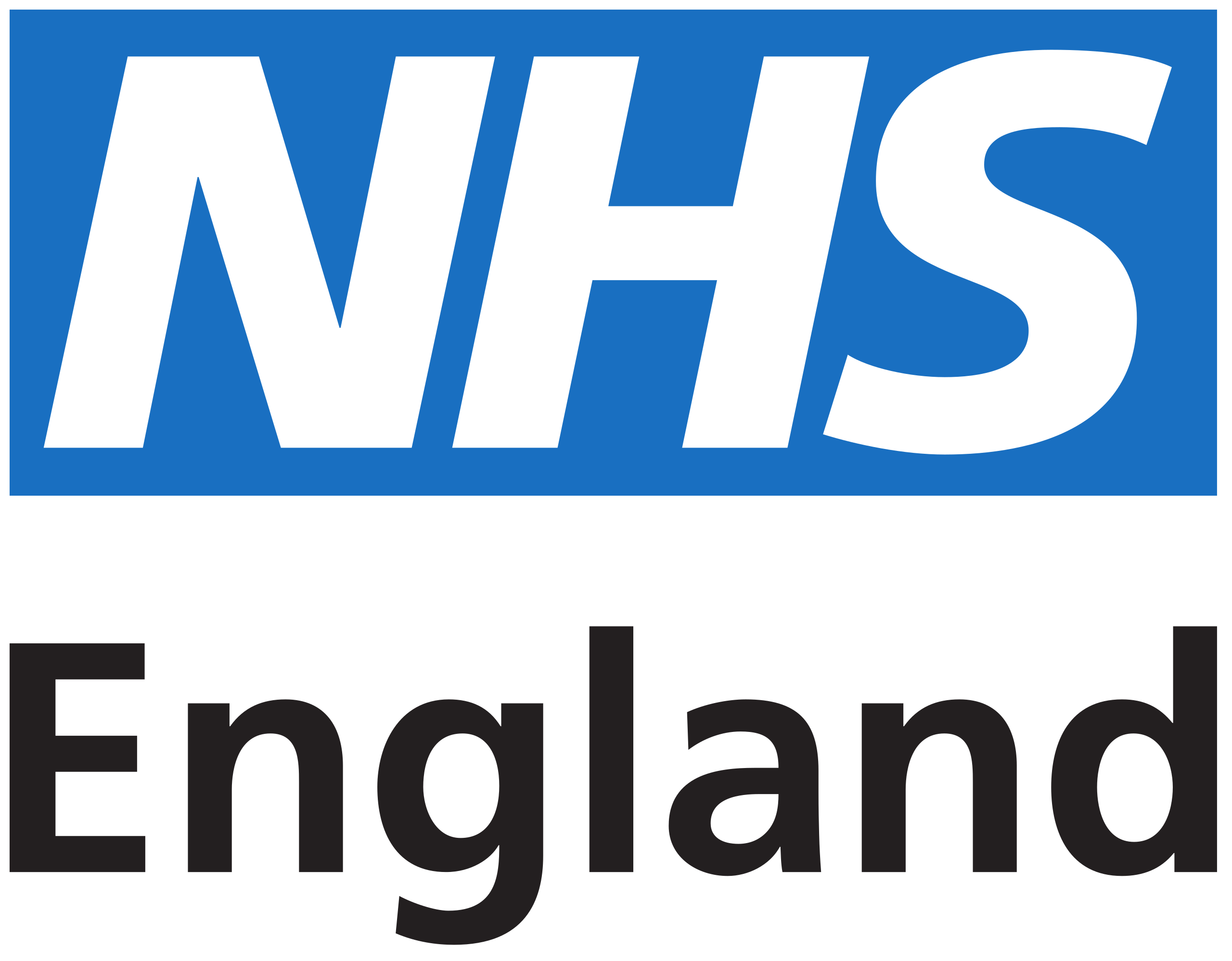Technical Deployment
This page is intended as guidance for all parties involved in deployments of BaRS stable releases (V1.0 and above). For guidance for Beta deployments see the Beta Deployment Guide.
This is an abbreviated deployment guide, focused exclusively on the technical steps, to connect and configure healthcare Service Providers utilising BaRS. It is aimed at Suppliers and Service Providers (Project Managers, Business Analysts, Application Delivery Specialists, etc.) connecting their solutions to the BaRS Proxy infrastructure and related components.
- Supplier installs BaRS compliant solution to Sender system environment
- Connect Sender to BaRS Proxy
- Supplier install BaRS compliant solution to Receiver system environment
- Connect Receiver to BaRS Proxy
- Identify or create Service profile(s) for the Receiving service(s) on the chosen national or proprietary Directory of Service*
- Provide detail of configured services and systems to BaRS Team to configure in the Endpoint Catalogue
- Test configuration between newly configured systems
* If a Sender is to receive an asynchronous response from the Receiver, as part of the defined workflow, they will also require a Service profile. This will need configuration in the Endpoint Catalogue too.
NB- These steps apply to connecting and configuring systems to both the Integration (INT) and Production (PROD) environments.
DoS Configuration
Each service delivered by an Urgent and Emergency Care (UEC) provider has an entry in the UEC Directory of Services (DoS). DoS Leads will continue to configure new UEC providers and services in the DoS, issuing each service with a DoS ServiceID. If the provider is going to receive BaRS messages, the DoS ServiceId will also need to exist in the BaRS Endpoint Catalogue.
Find out more about the Directory of Service
BaRS Endpoint Catalogue
Every service receiving messages through BaRS will need their ServiceId and endpoint added to the BaRS Endpoint Catalogue. This enables the BaRS Proxy to direct messages to the service.
When a Sender wants to send a booking or referral using the BaRS Proxy, they will use a Service Discovery tool and select the Receiver's service in their system.
The Sender will include the ServiceId for the selected service in the HTTP Headers NHSD-Target-identifier it sends to the BaRS Proxy.
The BaRS Proxy uses the ServiceId in the HTTP Header to reference the BaRS Endpoint Catalogue, find the specific endpoint for the service and transport the message to the correct destination.
How to add a service to the BaRS Endpoint Catalogue:
Note the ServiceId used in Service Discovery (NHS Directory of Service or other Service Discovery tool)
Obtain the service's URL endpoint details from the Receiving supplier or provider. The endpoint will need to be certified and meet the criteria for connection to the BaRS Proxy. More details are available in Connecting as a receiver
Email: england.bookingandreferralstandard@nhs.net with the ServiceId and endpoint details. State the environment to be configured, INT or PROD, and include planned dates for testing.
Note: CareConnect configuration must be maintained alongside the BaRS configuration. This is to ensure senders who are not yet BaRS compliant can still work with CareConnect and GP Connect.
Firewall Exceptions
BaRS receivers need to configure firewall exceptions for both Integration (INT) and Production (PROD) environments.
Requests from the BaRS API Proxy will originate from:
- INT on 35.197.254.55 & 35.246.55.143
- PROD on 34.89.0.111 & 34.89.69.6.
